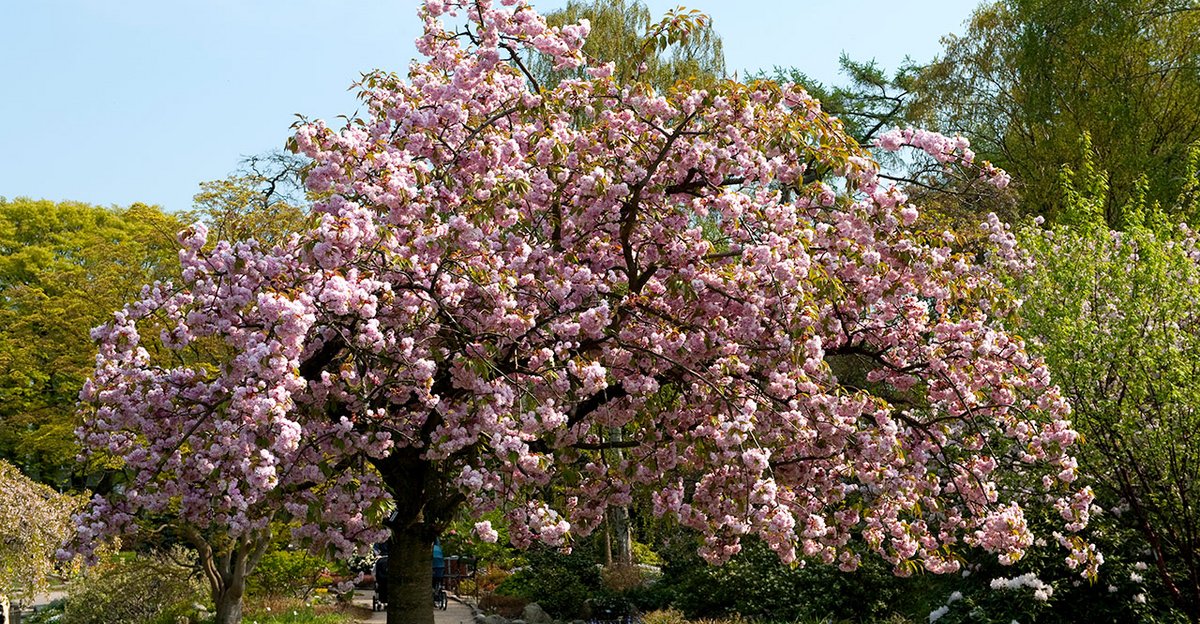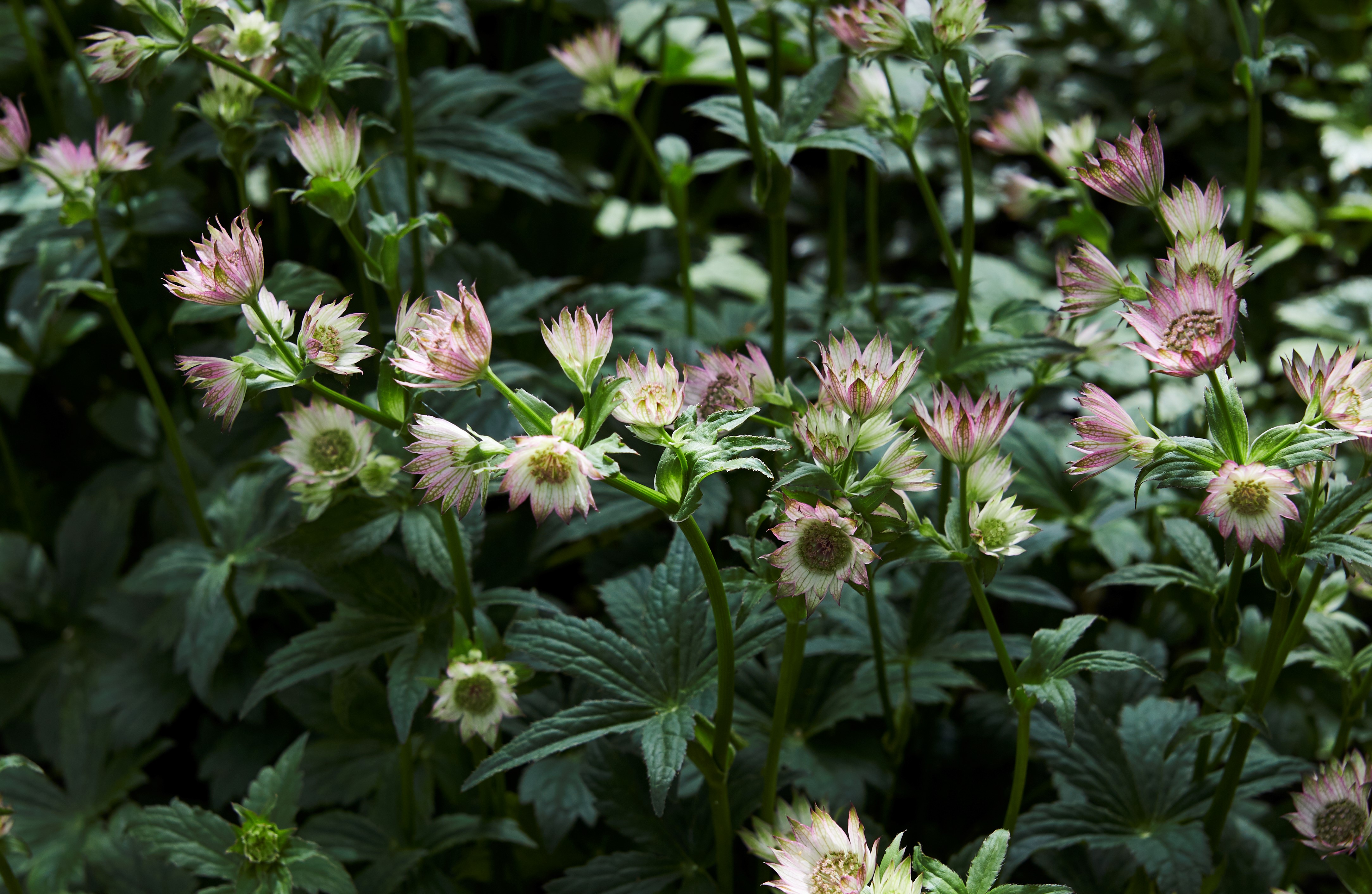These hormones can work together or independently to influence plant some similar effects in plants as auxin, but. Chemically speaking, gibberellins are actually . Gibberellins are one of the classical five plant hormones and are diterpenoid weak acids. The plant hormone gibberellin (GA) regulates major aspects of plant growth and development. The role of GA in determining plant stature had major impacts on . The name is derived from Gibberella fujikuroi, a hormone-producing .

During the thirties was gibberellin isolated and crystallized by Japanese scientists from Tokyo (YABUTA and SUMIKI ), though it was almost forgotten in the . They are also instrumental in determining dormancy, . With over analogs identifie gibberellins are the largest hormone grouping. The gibberellins are plant growth-promoting substances which, though known for. GA levels within the plant are . Gibberellins (GAs) are tetracyclic diterpenoids that are essential endogenous regulators of plant growth and development. Abscisic acid (ABA) is required for seed maturation in maize (Zea mays L.) and other plants.
The History and Physiological Action of the Gibberellins. Signal achievements in gibberellin research: the second half-century.

InChI Key, IXORZMNAPKEEDV-OBDJNFEBSA-N. Abasis (of total gibberellins.) suitability, plant cell culture . Latin Gibberella (from Gibberella fujikuroi, the fungus from which one of the gibberellins was first extracted), diminutive of the genus name . English dictionary definition of gibberellin. When flower formation is induced by the appropriate physical factors, the endogenous gibberellins of the plant seem to undergo quantitative as well as qualita-. The responses of grapes to exogenous gibberellins all essentially occur naturally under suitable en- vironmental conditions. Keywords: Gibberellin response, Green revolution, Dwarfing gene.
Several microorganisms possess the capacity of synthesizing gibberellins (GAs) in axenic culture. GA concentrations in the range of approximately to 200 . The research team is primarily focused on qualitative and quantitative analysis of naturally occurring gibberellins , a class of diterpenoid carboxylic acids that . Investigation of the taxonomy of this pathogen led to the commencement of gibberellin (GA) research among Japanese plant pathologists, who later identified it . First discovered as fungal metabolites, the gibberellins were recognised as plant hormones over years ago. They regulate reproductive development in all . This class contains pathways of synthesis of the plant growth regulators, the gibberellins.
Some of the pathways describe the biosynthesis of the precursors of.





